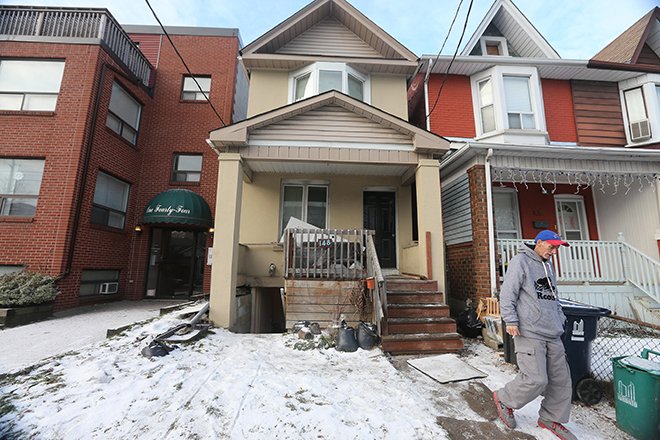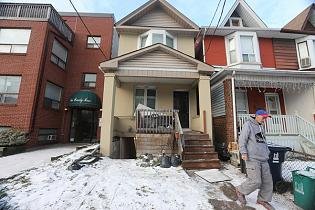Councillor Demands Answers on Housing Program for Vulnerable
Toronto’s Shelter, Support and Housing Administration division has been asked to report back on how a city-run housing program guards against vulnerable people being moved into substandard rental homes.
They must also detail what policies and practices are in place, to protect against bad landlords renting out and receiving public dollars for those units.
“When public funds are used to subsidize private rental accommodation for vulnerable residents, it is critical that these rental units comply with health, fire and other safety regulations and Toronto’s property standards by-law before they are occupied,†wrote Councillor Janet Davis, in a letter submitted to the city’s community development and recreation committee on Thursday.
Davis’s request for the report followed a Toronto Star story on James Ribble, 53, who lived for four months in a dank and damaged $950-a-month apartment, paid for by Ontario disability support payments and a rent supplement made available through a provincial-federal housing fund.
Ribble was connected to the unit through the city’s Streets to Homes program, which helps low-income people put a roof over their heads.
It is one housing solution, in a city facing what is widely described as a housing crisis and where the waitlist for subsidized units has topped 180,000 people.
Housing workers help people identify units in their price range, educate tenants on rights and responsibilities and recommend they go with them to view apartments, but the decision to rent is always up to the tenants, said Patricia Anderson, with the city’s shelter, support and housing administration division. Most people who use the program stay longer than a year and everybody is offered supports to help them stay housed, she said.
Streets to Homes does not have a formal relationship with landlords and does not “vet†them, she said, in an earlier email describing the program.
Ribble said he opted to go alone to view the Coxwell Ave. unit, before agreeing to rent it.
Davis said city-run housing programs “should have a consistent approach to inspecting or approving private rental units to ensure the housing is clean, safe and in good-repair before residents move in.â€
Toronto landlords, she said, should also be held accountable for meeting and maintaining those standards. A date for when the report was due back was not specified.
Ribble's Apartment
Also up for discussion at the committee was a proposal by staff to save 10 frontline shelter positions cut in the last budget and that will now move on to city council for approval.
Most of the just over $1 million needed to hold onto the 10 positions comes from keeping vacant six administrative jobs that are currently unfilled, to create $629,800 in savings.
Tim Maguire, president of CUPE local 79, said shelters are already operating with less than acceptable staff levels and relying increasingly on temporary contracts and part-time shift work to fill vacancies.
“We need this turned around,†said Maguire, who said the city needs a long-term plan to make sure staff can manage a surging and increasingly stressful workload. Maguire also called for an action plan to open emergency shelters once shelter occupancy rates pass 90 per cent.
Paul Raftis, interim general manager of shelter, support and housing, during questions about the positions in committee, agreed the plan was a temporary fix.
“Our team is looking at all aspects of the organization right now to have a good understanding of what we are doing inside the organization, potential changes for next year,†and what will be needed for the 2018 budget, said Raftis.
Also moving to council is proposed framework for Toronto’s emergency shelter system. It recommends smaller buildings, tailored to neighbourhoods, connected to local support services and rolled out in such a way that the local community is educated and on board.
“The new model is a different start,†said Councillor Paula Fletcher, who spearheaded the report.
Councillor Joe Cressy asked staff to report back on how many people used overnight warming centres and Out of the Cold programs this year, as well as possibly adding more warming centres next winter.
Council will also consider a motion by Cressy that the federal government work with the city to explore using federal lands as sites for affordable housing.
“It is getting harder and harder for people to live in our city,†said Cressy. “We can and must do better.â€

Street nurse and long-time housing advocate Cathy Crowe gave a deputation on behalf of 100 individuals and agencies, who work with people who have experienced homelessness.
Crowe said the city has demonstrated “an unsustainable reliance†on the Out of the Cold relief programs, or has a skewed view on how many people need emergency shelter.
With files from Jennifer Pagliaro
Comments
There are 0 comments on this post





